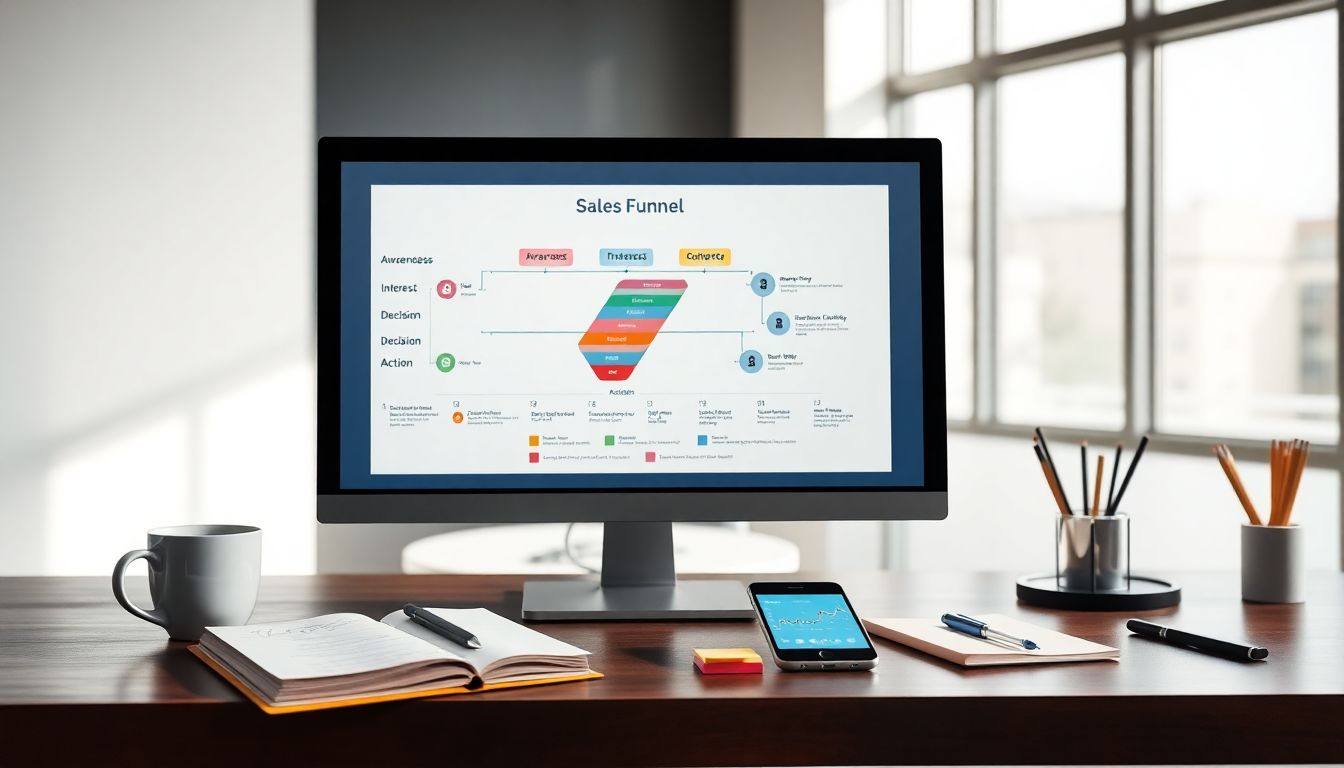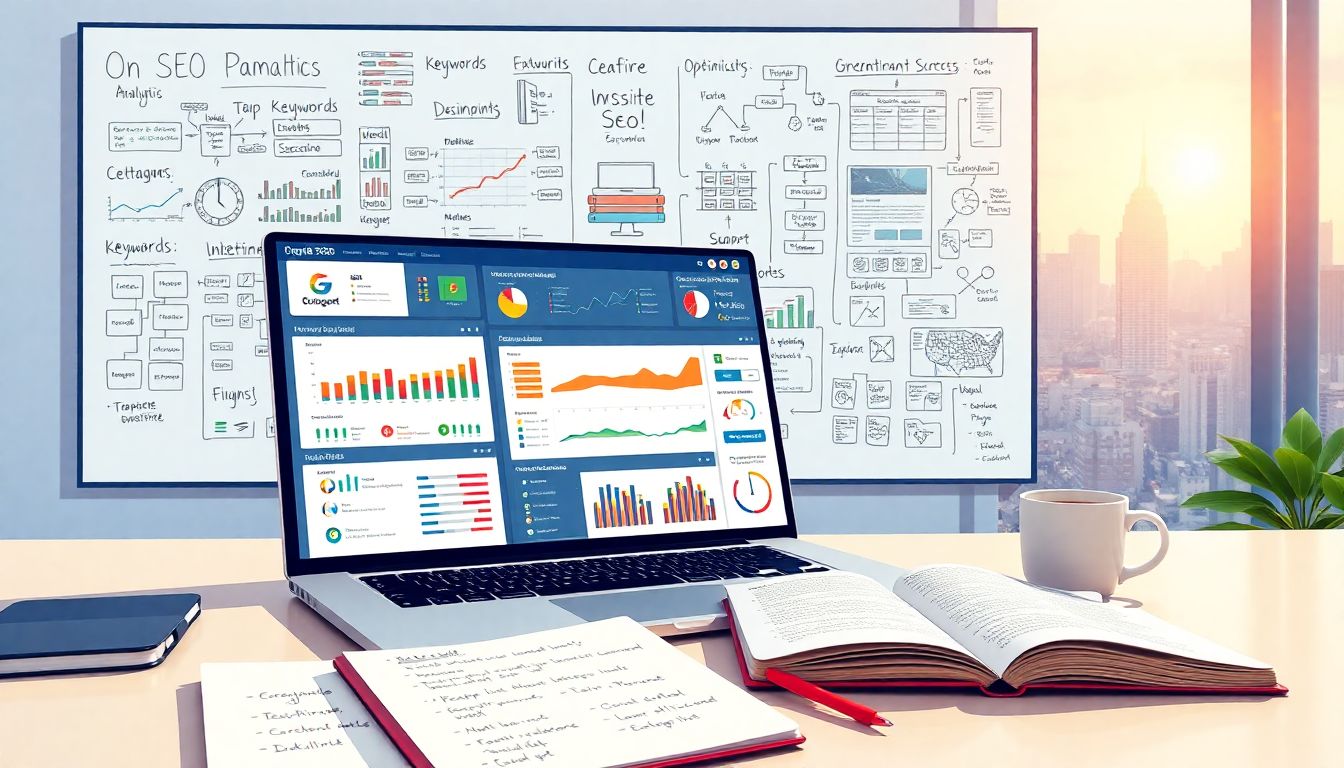
Every business needs a way to turn visitors into buyers. That’s where a sales funnel comes in. It guides potential customers step by step from first hearing about your product to making a purchase. But busy business owners don’t always have time to build these funnels from scratch. That’s why the right sales funnel template can make a huge difference. It saves time, reduces guesswork, and helps you get better results. In this article, we’ll explore the best sales funnel templates, what makes them great, and how to pick the perfect one for your business.
What Is a Sales Funnel and Why It Matters
Understanding the Sales Funnel Concept
A sales funnel is like a roadmap for your customers. It has several stages: awareness, interest, decision, and action. First, people learn about your business. Then, they start to like what they see. Next, they consider buying. Lastly, they take action and become customers. Think of it as guiding your audience down a path naturally leading to a purchase. Without a funnel, you risk losing prospects halfway through.
The Role of a Sales Funnel Template
Using a template makes building your sales funnel easier. Instead of starting from zero, you get a proven design that works. Templates save you hours of work and reduce mistakes. They also are scalable, so you can grow your business without constantly redesigning your funnels. Plus, templates often come with tips and features that improve your chances of success every step of the way.
Industry Statistics Supporting Funnel Effectiveness
- Companies that use well-designed funnels see up to a 50% boost in conversion rates.
- Optimized funnels that follow best practices convert more visitors into buyers than poorly designed ones.
- Business examples like Shopify and Amazon use custom funnels that significantly increase sales.
Key Features of the Best Sales Funnel Templates
User-Friendliness and Customizability
Choose templates that are easy to work with. You should be able to drag, drop, and change things without knowing code. Look for flexible options, like custom fields and colours. A good template is intuitive and adapts to your brand.
Integration Capabilities
Your sales funnel should connect with tools you already use. These include customer management systems, email marketing, and payment platforms. Check if the template works with popular tools like Salesforce, Mailchimp, and Stripe. Seamless integrations save you time and make tracking simpler.
Analytics and Tracking
Monitoring your funnel helps you see what’s working. Important data includes how many visitors convert, where they drop off, and how much they spend. Good templates come with built-in analytics or easy ways to add tracking tools.
Mobile Responsiveness
Most users browse on their phones nowadays. Your sales funnel needs to look and work well on all devices. A mobile-friendly template ensures your visitors get a smooth experience, no matter their device.
Top Sales Funnel Templates This Year
Clickfunnels
Clickfunnels is a popular all-in-one platform. It offers ready-made funnels for different niches. Its drag-and-drop builder is very easy to use. It’s perfect for businesses that want a quick start with minimal technical skills. Its features include upsell pages, email integrations, and analytics.
Leadpages
Leadpages shines with its beautiful landing pages. It’s excellent for lead generation and collecting email addresses. Leadpages’ templates are designed to be fast and simple to customise. It’s a great choice if your goal is to grow your email list and warm up prospects before selling.
Kartra
Kartra is a full marketing system, combining sales funnels, email marketing, and membership sites. It’s ideal for small to medium businesses that want everything in one place. Its automation features make it easy to follow up with leads and convert them into buyers.
ClickMagick
Unlike others, ClickMagick focuses mainly on tracking and optimisation. It shows you exactly where your sales are coming from and how visitors behave. You can improve your funnel by making small tweaks based on real data. It works well with any funnel template.
Other Noteworthy Templates
- Unbounce: Known for its advanced landing page builder, perfect for high-conversion pages.
- Thrive Leads: Focuses on lead capture with popups and opt-in forms.
- Builderall: Offers a complete marketing suite including funnel templates and automation.
When choosing a template, consider what makes your business unique and pick the one that fits best.
How to Choose the Right Sales Funnel Template
Assessing Your Business Needs
Start by defining what you want to achieve. Do you need more email signups? More sales? Select a template that matches your goal. Also, think about your industry; some templates work better for online courses, while others suit eCommerce stores. Consider your team’s skill level too — easier templates reduce learning curve.
Budget Considerations
Pricing varies among templates. Some charge monthly subscriptions, others offer lifetime licences. Think about your long-term costs and whether the features match your budget. Remember, investing in a good template can save you time and increase sales.
Evaluating Customer Support and Resources
Check if the provider offers tutorials, live chat, or phone support. Good support helps you resolve issues fast. Read reviews to see what real users say about the platform’s reliability and help resources. The more help options, the easier it is to succeed.
Trial and Demo Strategies
Always test before buying. Sign up for free trials or demos to see how user-friendly the template is. Use this time to check if you can easily customise it and if it integrates with your tools. A trial helps you avoid costly mistakes later.
Actionable Tips for Implementing Your Chosen Sales Funnel Template
Step-by-Step Setup
Plan your funnel first. Map out each page and message. Then, follow the setup instructions to build your pages. Connect your email tools and payment systems early. Test each step to make sure everything flows smoothly.
Optimising for Conversion
Use clear headlines, persuasive copy, and eye-catching buttons. Keep the design simple yet appealing. Run A/B tests on headlines, images, and calls to action. Small tweaks based on real data can boost results.
Monitoring and Refinement
Check your analytics often. Notice where visitors drop off or abandon their carts. Use this info to tweak your funnel. Keep testing and refining based on customer behaviour to get the best conversion rates.
Conclusion
Choosing the right sales funnel template is key to growing your business. Focus on ease of use, smooth integrations, solid analytics, and strong support. Remember, a good funnel doesn’t just attract visitors — it turns them into loyal customers. Test different options, keep refining, and watch your conversions soar. Your next big sale could be one tweak away. Start experimenting today and make your sales funnels work harder for your business.
